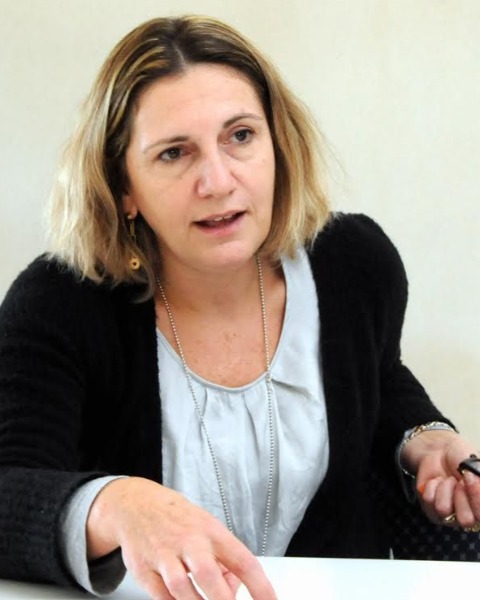Category: Operative Obstetrics
Poster Session III
(747) Maternal-perinatal outcomes based on appropriateness and timing of surgery in code red caesarean section
A code red (CR) cesarean section (CS) is an emergency characterised by an immediate danger to maternal and/or fetal life. The indications, times and procedures to be respected are still ambiguous in literature. The aim of our study was to evaluate maternal and neonatal outcomes of CR CS, performed at different levels of maternal units in relation to indications and surgical timing.
Study Design:
Multicentre retrospective study in four maternal units (2 second-level university hospitals and 2 first-level community hospitals) on the cohort of women who underwent CR CS between 2018 and 2021. An independent team of experts performed retrospective audits to assess the appropriateness of indications as well as procedures and maternal and neonatal outcomes. Data were analysed with Chi-square, ANOVA and logistic regression to correct for confounders.
Results:
Among the 25,065 deliveries in the cohort, 4,783 CS were performed (19.1%), 168 of which were CR CS (3.5%). The most frequent indications were non-reassuring fetal heart rate tracing (41.7%) and sentinel events (38.1%) and these two indications were independently associated with umbilical artery lactate > 7 mmol/L (P=0.023) and base excess ≥ 16 mmol/L (P=0.016). Rates of appropriate indications were higher in the second-level than first-level hospitals (80.2% vs 65%, P=0.036), as were neonatal intubation (P < 0.001) and neonatal ICU admission (P < 0.001). Appropriate indications for CR CS correlated with higher maternal blood loss [636.3 vs 419 mL, P=0.02], lactate > 7 mmol/L (P < 0.001) and neonatal resuscitation (P=0.02). After correcting for appropriateness of the indication, the time interval between decision and delivery (DDI-mean=21.0 minutes) was not associated with worse neonatal outcomes.
Conclusion:
The DDI is not significantly associated with maternal and perinatal outcomes, as opposed to the appropriateness of CR CS, which is associated with worst outcomes. First-level maternal units guarantee a level of safety comparable to that of second-level centers in dealing with urgency, but they have lower rates of appropriate indications.
.jpg)
Giuseppe Marino, Dr (he/him/his)
Resident
Department of Medicine and Surgery, University of Milano Bicocca, MI, Italy
Monza, Lombardia, Italy- CR
Clara Repossini, MD
University of Milano-Bicocca
Monza, Lombardia, Italy - EC
Enrico Corno, MD
Resident
University of Parma
Parma, Italy, Italy - FB
Francesca Bonati, MD
ASST Brianza
Vimercate, Lombardia, Italy - AP
Armando Pintucci, MD
Hospital of Desio, ASST Brianza, MB, Italy
Desio, Lombardia, Italy - IM
Isabella Maini, MD
Hospital of Monza, FMBBM Foundation-ASST
Monza, Lombardia, Italy - SF
Satefania Fieni, MD
University Hospital Parma
Parma, Italy, Italy - TG
Tullio Ghi, PhD
Department of Medicine and Surgery, University of Parma
Parma, Italy, Italy - TF
Tiziana Frusca, MD
University of Parma
Parma, Italy, Italy - PV
Patrizia Vergani, MD
Department of Medicine and Surgery, University of Milano Bicocca, MI, Italy
Monza, Lombardia, Italy 
Anna Locatelli, MD (she/her/hers)
Department of Medicine and Surgery, University of Milano Bicocca
Milano, Lombardia, Italy

.png)
